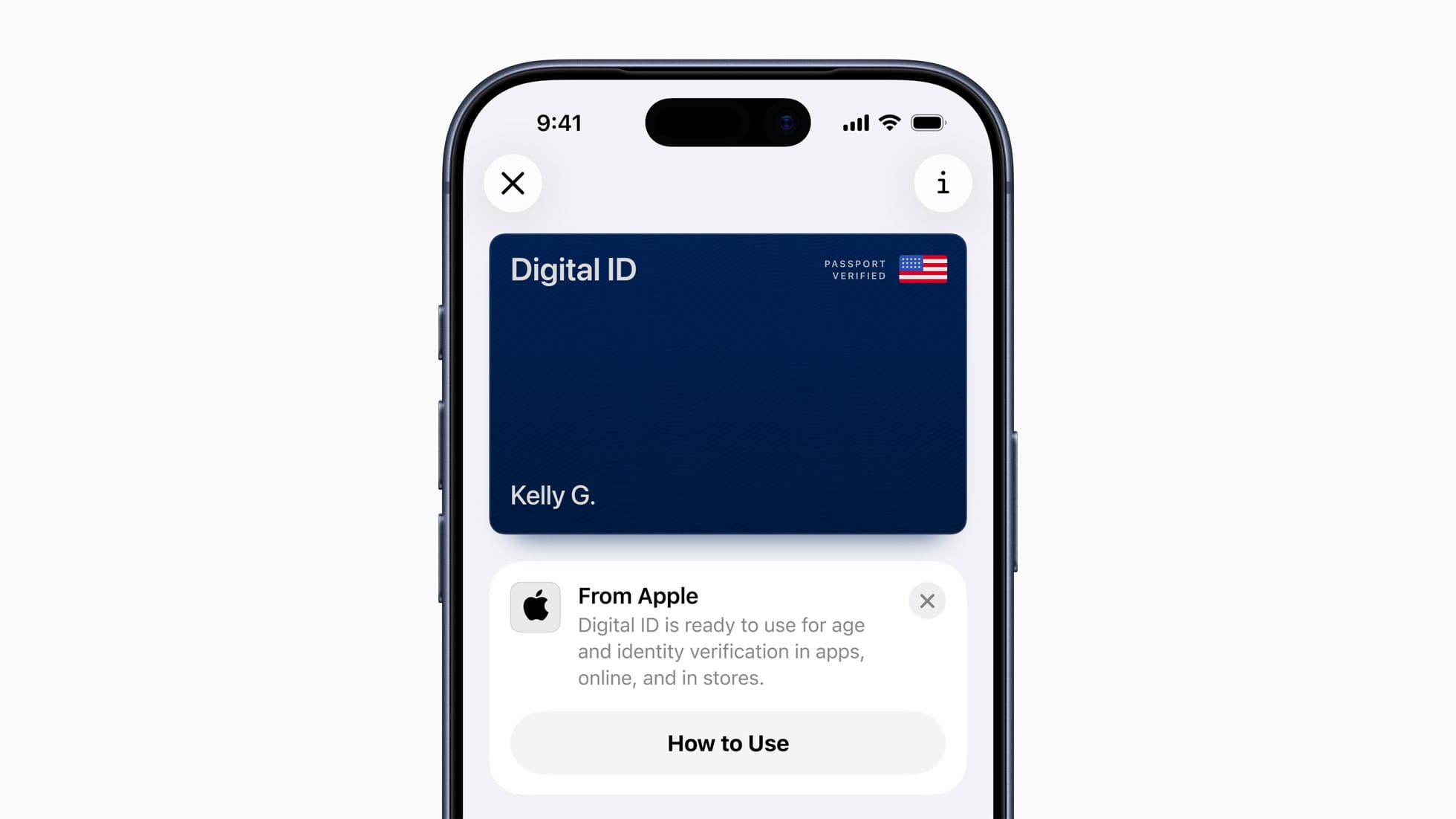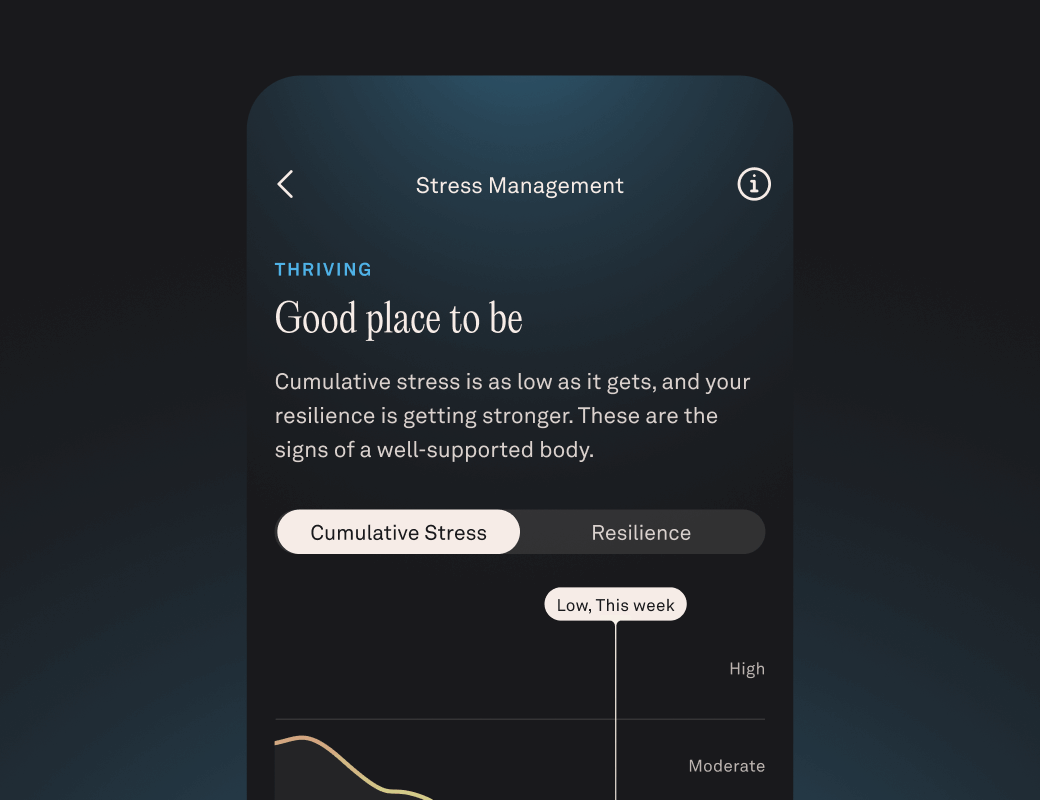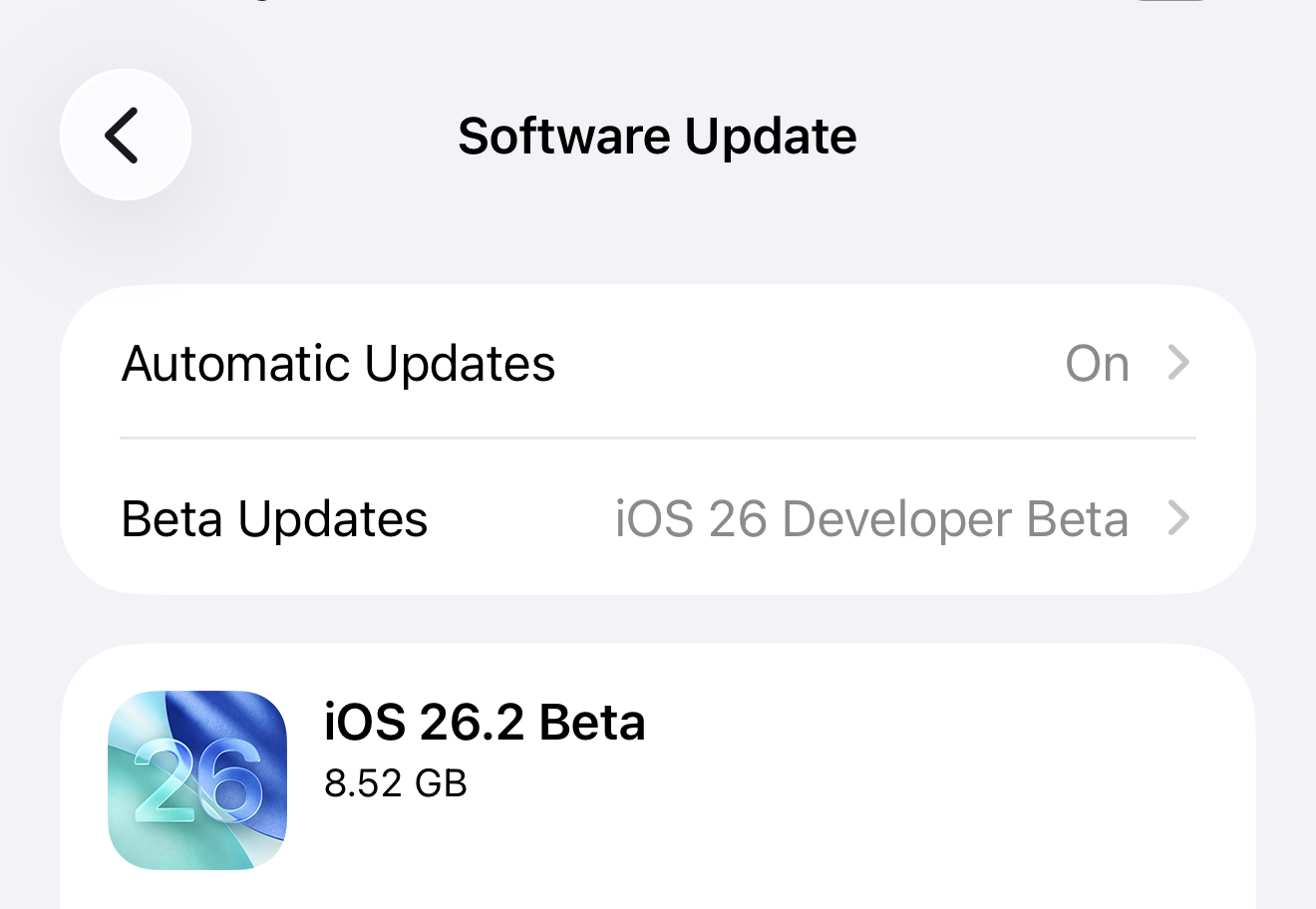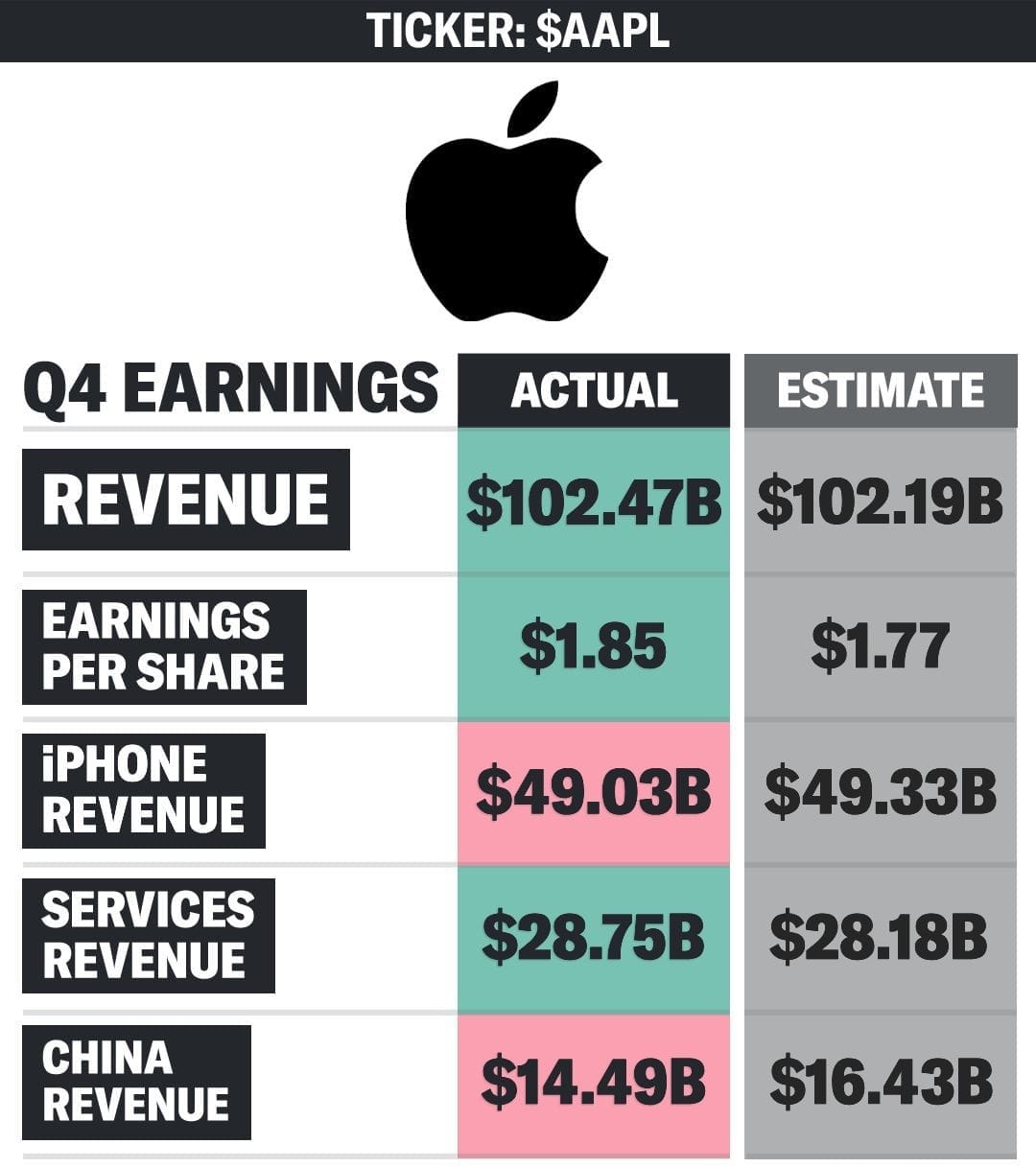When Tim Cook pivoted Apple's narrative from hardware obsession to services savior, Wall Street ate it up. Services revenue hit a record $28.75 billion in Q4 2025, growing 15% year-over-year. The company now boasts over 1.1 billion paid subscriptions across its ecosystem. By every financial metric, Apple's services strategy looks like a triumph.
But behind the impressive top-line numbers, some of Apple's individual services are quietly struggling—and the company just admitted as much with Apple Fitness+.
The Fitness+ Problem Nobody Talks About
Bloomberg's Mark Gurman reported this week that Apple Fitness+ is undergoing a reorganization, moving under the oversight of Sumbul Desai (VP of Health) who now reports to Services chief Eddy Cue. The reason? Fitness+ is suffering from "high churn" and "little revenue upside," making it one of Apple's "weakest digital offerings."
This is a service that launched with tremendous fanfare in December 2020, backed by cinematic 4K production values, celebrity trainers, and tight Apple Watch integration. It costs $9.99 per month—the same price it launched at nearly five years ago, making it one of the few Apple subscriptions that hasn't seen a price increase. That pricing stability isn't a generous gift to customers; it's a red flag that Apple can't justify charging more for what it's delivering.
The symptoms are telling:
- High churn: People try it, then leave
- No pricing power: Can't raise prices without losing more subscribers
- Stagnant features: Aside from Strava integration and removing the Apple Watch requirement, the service has barely evolved since launch
- Generic positioning: It's neither the boutique experience of Peloton nor the comprehensive platform of a full gym membership
Apple won't kill Fitness+ because the backlash from its dedicated fanbase wouldn't be worth it, and because shuttering a health-focused service would undermine the company's broader wellness positioning. So instead, they're shuffling it under new management and hoping Eddy Cue can work his magic. But Cue is already juggling Apple TV+, Apple Music, and iCloud—all of which have their own challenges.
The Bundling Shell Game
Here's what makes the Fitness+ situation particularly instructive: it's likely propped up by Apple One bundles. The Premier tier ($37.99/month) includes Fitness+ along with Music, TV+, Arcade, News+, and 2TB of iCloud storage. When you bundle six services together, it becomes impossible to know which ones people actually value versus which ones are just riding along.
Apple has over 1.1 billion paid subscriptions, but they won't break out individual service numbers. That opacity is strategic. If investors knew how many people were paying specifically for Fitness+ versus how many just have it because it came in a bundle, the picture would look very different.
This is the services mirage: aggregate growth that masks individual underperformance.
The Broader Pattern
Fitness+ isn't alone in struggling to find its footing:
Apple TV+ continues burning billions on content production while its market share remains minimal compared to Netflix, Disney+, or even Prime Video. Yes, "Severance" won awards. Yes, Cook name-dropped their Formula 1 deal on the earnings call. But Apple rebranded it from "Apple TV+" to just "Apple TV" recently—a tacit admission that the "plus" wasn't adding the premium positioning they hoped for.
Apple News+ launched in 2019 with publisher partnerships that were supposed to revolutionize digital journalism. Instead, publishers complain about revenue sharing, and the service has become a quiet also-ran that most people forget exists unless they accidentally tap the News app.
Apple Arcade releases barely register in gaming conversations anymore, overshadowed by mobile free-to-play giants and console/PC gaming.
The pattern is clear: Apple is excellent at launching services with premium production values and ecosystem integration, but struggles to maintain momentum and justify ongoing subscriptions based purely on content value.
When Services Growth Isn't Enough
Tim Cook has spent years selling investors on the idea that services would drive Apple's next phase of growth as iPhone sales plateaued. The math worked: services now represent about 25% of total revenue, up from under 10% a decade ago. Services carry gross margins around 70% compared to hardware's 35-40%, making them significantly more profitable per dollar.
But there's a difference between "services revenue is growing" and "each individual service is healthy." Apple's services growth is primarily driven by:
- App Store commissions (which regulators are actively targeting)
- iCloud storage upgrades (because Apple deliberately gives you inadequate free storage)
- AppleCare warranties (insurance, not content)
- Growing install base (more devices × same attach rate = higher revenue)
The actual content services—TV+, News+, Arcade, and Fitness+—are the ones that were supposed to showcase Apple's unique ability to create premium, differentiated experiences. Instead, they're becoming case studies in what happens when a hardware company tries to become a media company without committing fully to either the content or the platform openness that would make them competitive.
The Reorganization Band-Aid
Moving Fitness+ under Eddy Cue's sprawling Services empire is Apple's way of admitting the service needs intervention without admitting failure. Cue has a track record of turning around struggling initiatives—he rescued Apple Maps from its disastrous launch and gradually made it competitive with Google Maps. But that was a platform play with strategic necessity. Fitness+ is a content play with questionable strategic value.
The reorganization also signals something else: Jeff Williams' retirement as COO (where Health previously reported) has created an opportunity to reassess what's working and what isn't. Putting Fitness+ under Services pressure means it will be evaluated more ruthlessly on subscriber growth and revenue metrics rather than living comfortably as a "health initiative."
But here's the uncomfortable question: what levers does Apple actually have to fix Fitness+?
They can't compete with Peloton on equipment integration. They can't match the social features of platforms like Strava or Zwift. They can't offer the personalization of AI-powered coaching apps. They can't provide the variety of real gym classes. They've positioned themselves in the mushy middle—better than YouTube fitness videos, but not compelling enough to be anyone's primary fitness solution.
The Colorado Reality Check
Living in Colorado, I'm surrounded by people who take fitness seriously. Trail runners, climbers, skiers, mountain bikers—this is a state where outdoor fitness isn't a trend, it's a lifestyle. And you know what none of them use? Apple Fitness+.
They use Strava to track their activities, AllTrails for route planning, TrainingPeaks for structured workouts, and sometimes Peloton if they need indoor training during winter. Apple Fitness+ is fine for someone who wants to do a yoga session in their living room, but it's fundamentally misaligned with how active people actually train. The studio-based format doesn't translate to real-world activities, and the lack of sophisticated training plans or progression systems makes it feel like casual content rather than serious programming.
Apple added "Time to Walk" and "Time to Run" audio-based workouts to acknowledge that people don't just exercise indoors, but these features feel tacked on rather than core to the experience. If Apple really wanted to dominate fitness, they'd lean into what the Apple Watch does best—tracking real outdoor activities—and build Fitness+ as a training platform rather than a workout video library.
What This Means for Apple's Services Future
The Fitness+ reorganization is a microcosm of a larger challenge: Apple's services strategy assumed that premium hardware customers would automatically convert to premium services subscribers. But that assumption only holds when the service is either mandatory (iCloud storage), economically rational (AppleCare), or dramatically better than alternatives (Apple Music... sometimes).
For optional content services, Apple is competing in brutally competitive markets where being "pretty good" isn't good enough. Netflix, Spotify, and Peloton got where they are by obsessing over their categories. Apple makes great products, but it makes a lot of great products—it's not clear they can maintain the focus required to dominate in content categories the way they dominate in hardware.
The real test isn't whether services revenue keeps growing in aggregate. It's whether Apple can build individual services that customers would pay for even if they didn't own an iPhone. Right now, most of Apple's services are ecosystem lock-in plays rather than best-in-class solutions.
As Apple pushes further into areas like satellite communications, AI features, and potentially health coaching, the Fitness+ lesson should be instructive: launching with Apple-quality polish and ecosystem integration isn't enough if you can't articulate why someone should keep paying month after month.
The Path Forward
Apple has three realistic options for Fitness+:
- Go big or go home: Invest heavily in becoming a true training platform with sophisticated programming, outdoor activity integration, and coach-athlete features that rival serious training platforms. This means real R&D and content investment, not just filming more yoga classes.
- Find the niche: Stop trying to be everything to everyone and own a specific category. Maybe it's postpartum fitness, or senior wellness, or meditation—something where Apple's brand and integration actually provide unique value.
- Quietly wind it down: Keep it in Apple One bundles for people who want it, but stop pretending it's a growth driver. Accept that it's a table stakes offering for the Apple Watch rather than a standalone business.
The reorganization under Eddy Cue suggests Apple is trying option 1, but without seeing the investment to match. Moving boxes on an org chart doesn't fix a product that hasn't found its reason to exist beyond "Apple makes it."
The Bigger Question
The Fitness+ situation raises an uncomfortable question for Apple's entire services strategy: how many of these billion-plus subscriptions are actually delivering value versus just being bundled into plans people pay for out of habit or because they need iCloud storage?
When services growth is driven by bundling, pricing leverage, and ecosystem lock-in rather than best-in-class products, that's not a sustainable services business—it's just a really profitable way to monetize hardware customers.
Apple proved it could build a services revenue stream. The harder question is whether it can build services that are actually worth paying for on their own merits. For Fitness+, the answer so far has been uncomfortably clear: not really.
And if Fitness+ is the canary in the coal mine, investors should be asking harder questions about what other services are being propped up by bundling rather than delivering genuine value. Because high churn and little revenue upside aren't problems you solve with org chart shuffles—they're symptoms of products that never found their market fit in the first place.
What's your experience with Apple Fitness+? Are you a subscriber who finds value in it, or did you churn after trying it? Let me know in the comments or reach out on social media.












Discussion